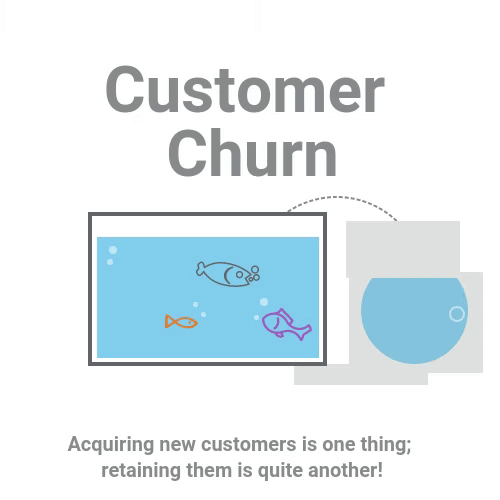Over the long term, customer churn can be very corrosive to a tech company. This is especially the case as a company and its products mature and new customers become more difficult to acquire.
New businesses that are busy acquiring copious new customers can usually cope with a higher degree of churn and afford to focus their efforts on acquisition.
However, in more mature companies, customer retention strategies become critical – possibly even more so than acquisition.
With all of that said, a degree of churn is inevitable.

But by understanding the patterns of churn in your business and the reasons for it, as well as the trends within your industry, you will be in a better position to put effective strategies in place to limit it.
DID-YOU-KNOW?
A great customer success strategy is important and should be developed early in the business.
Churn metrics
Churn can be expressed and measured in a few ways. Here are some examples.
Customer churn: This refers to the percentage of customers lost.
An example might be where a company acquires 100 customers and loses three.
In this case, they experience customer churn of 3%. A reverse (and possibly more positive) way of expressing this is that the business has a retention rate of 97%. But either way, it amounts to the same thing.

Churn metrics

Revenue churn: This method measures churn using income loss rather than the raw number of customers, as the results can differ considerably between the two.
For example, losing one big customer who pays a subscription of $1,000 will result in greater losses than five customers who each pay $100.
Revenue churn is a better indicator of the company’s health and of the actual impact of churn. For this reason, it tends to be considered a more accurate and insightful measure of customer loss.

